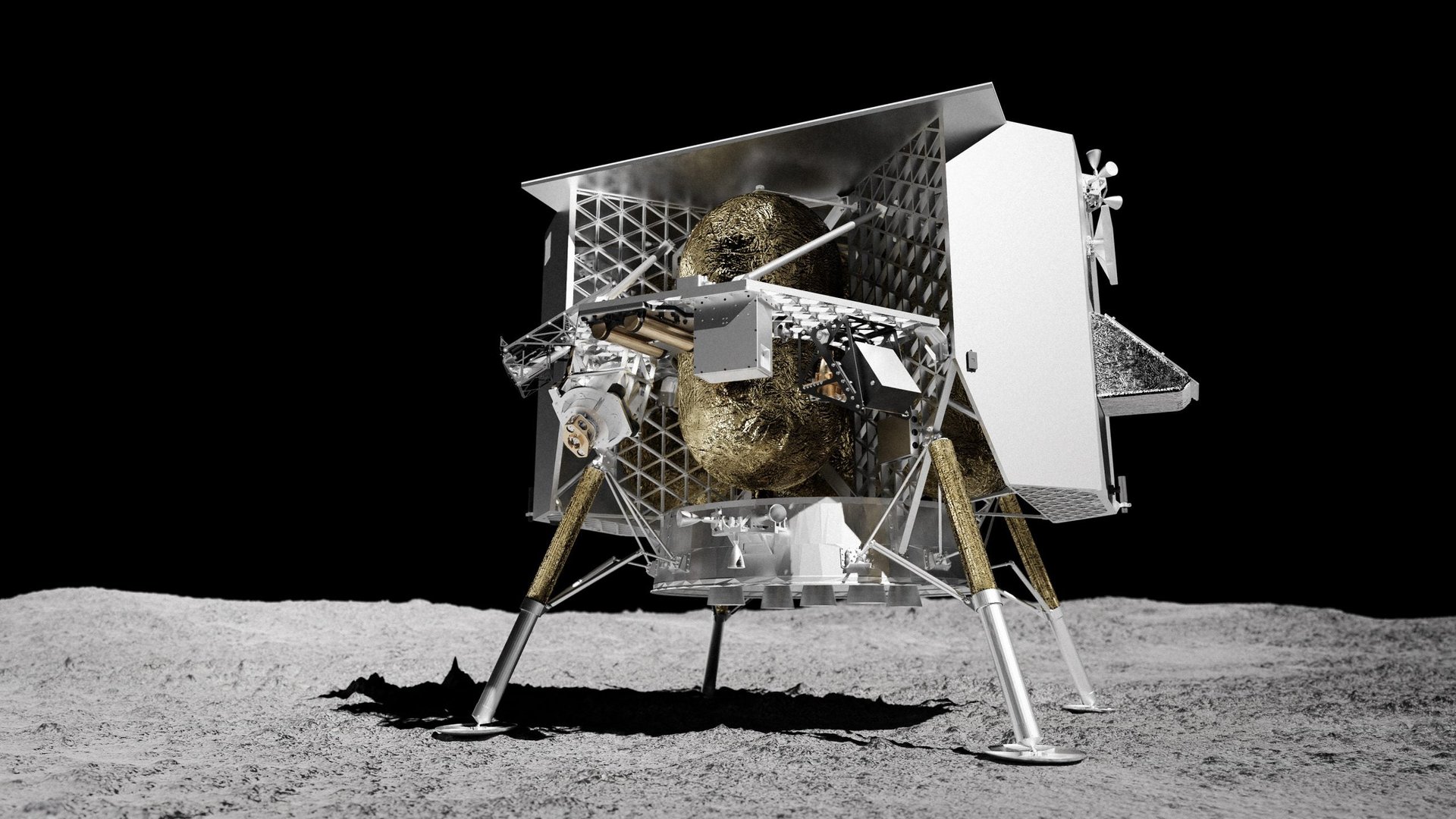Private companies plan to launch 70 missions to the Moon in the next decade
The “mega Moon rocket” is not quite ready for opening night. After NASA’s third attempt to rehearse the fueling of the Space Launch System (SLS) failed due to leaking hydrogen, the space agency will roll the rocket back to its hangar in order to assess the situation and replace broken components.


The “mega Moon rocket” is not quite ready for opening night. After NASA’s third attempt to rehearse the fueling of the Space Launch System (SLS) failed due to leaking hydrogen, the space agency will roll the rocket back to its hangar in order to assess the situation and replace broken components.
The decision means the delay of the first Artemis mission, which was expected to use the SLS to launch an uncrewed Orion space capsule to the Moon this summer, and will push back subsequent missions that will see American astronauts orbit the Moon and then, perhaps in 2026, set foot on the regolith again.
NASA’s reach has consistently exceeded its grasp when it comes to lunar exploration in the 21st century, as a parade of irate auditors and confused lawmakers can attest. But analysts, entrepreneurs, and investors remain bullish about business opportunities on and around Earth’s largest satellite.
Northern Sky Research, which specializes in the space industry, released the second edition of its Moon Markets report this month, which identified 70 commercial lunar missions being prepared in the next decade.
What’s driving the lunar economy
“The surprising thing was the sheer amount of potential and need for transportation to get to the Moon,” says Hussain Bokhari, an NSR consultant who worked on the report.
That’s good news for rocket makers, but also for the framework NASA is using to hire companies like SpaceX and Blue Origin, which counts on them investing their own capital and offering services to non-NASA customers. It’s the same approach that led to the creation of SpaceX’s reusable Falcon 9 and its Dragon spacecraft.
While major international missions like Artemis will be the cornerstone of future lunar activity, Bokhari says that smaller scale near-term efforts, like NASA’s Commercial Lunar Payload Services (CLPS) program, provide a low-risk way to prove out key technologies and business models.
That was on display in Pittsburgh yesterday when Astrobotic unveiled its Peregrine lander, which it expects to put on the Moon with fourteen scientific payloads later this year. “It’s American capitalism that’s working,” said Rep. Bill Cartwright, a local member of Congress who leads a committee that funds NASA.
One company that stands to benefit from NASA’s investment just emerged into the public eye: Lonestar, a firm that wants to build data centers on the Moon. The company plans to demonstrate its technology by purchasing space on another NASA-backed lander, built by the company Intuitive Machines.
“NASA buys a whole bunch of the payload, [and] there is 20% left over for people like us,” Lonestar CEO Chris Stott told Quartz.
The Moon could host cold storage data centers
Stott and his team believe that putting data centers on the Moon can solve a lot of problems for customers here on Earth. With solar electricity and the vacuum of space, powering and cooling servers becomes easier and less damaging to the environment. There are few more secure places, and the unique legal environment on the Moon may even make it easier to deal with variations in national data security rules.
Starting with hosted payloads, by 2026 Lonestar hopes to work its way up to a 50 petabyte data center that provides cold storage back-up for mission critical data, and offer computing power and storage to customers on the Moon, like rovers or scientific sensors. It could cost, he hopes, as little as $150 million to get to that point.
Lonestar is just one firm trying to provide services on and from the Moon. The plan may seem outlandish, but the global interest in lunar science and exploration has given it an opportunity to succeed. It will have to seize the chance, Bokhari warns.
“The success rate has everything to do with this,” he says, alluding to several failed Moon landers in recent years. “The robotic missions could easily be scrapped if [the program isn’t] what NASA wants it to be.”